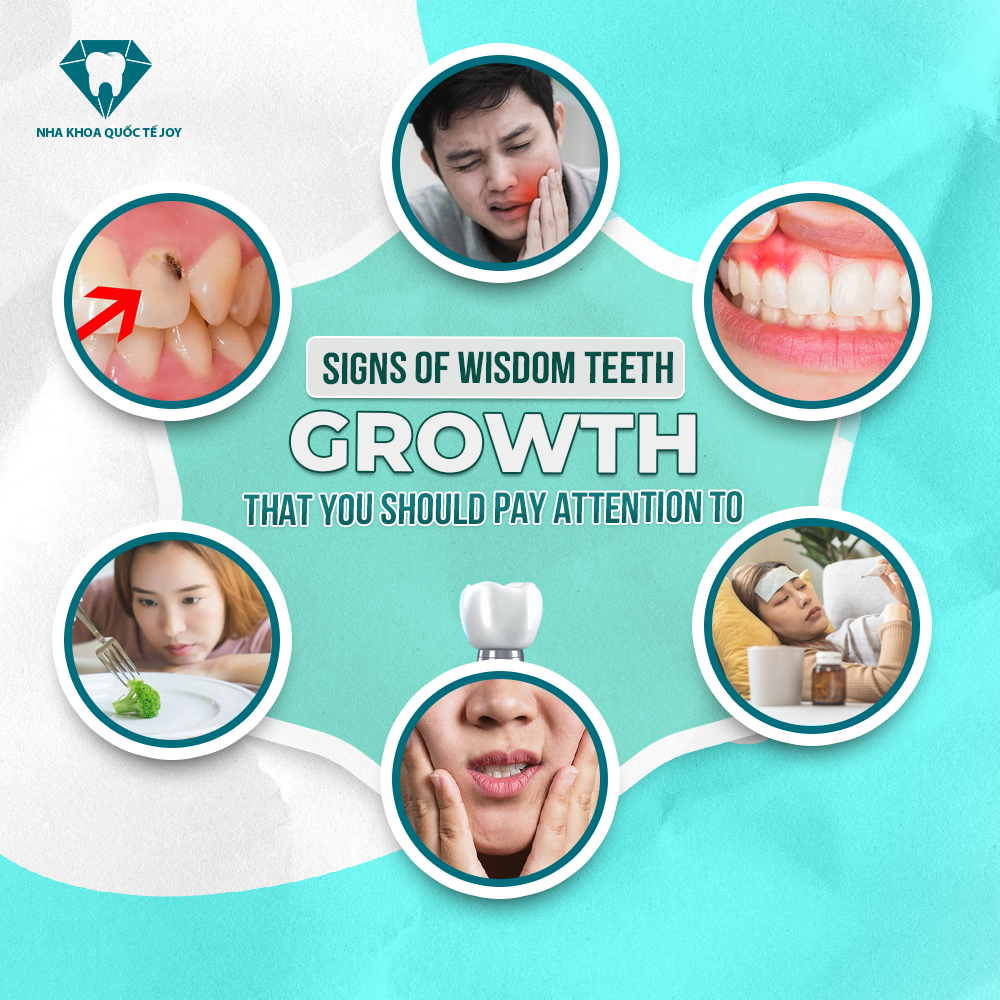Wisdom teeth typically emerge between the ages of 17 and 25. When these late bloomers make their appearance, they can cause discomfort and complications if not properly managed. So, how can you know signs of wisdom teeth growth? And what should you do to handle the situation? Let Joy International Dental Clinic walk you through everything you need to know about wisdom teeth and how to address them early for better oral health.
1. When Do Wisdom Teeth Typically Emerge?
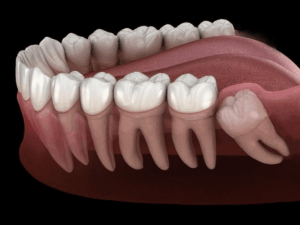
Wisdom teeth usually begin to erupt during the late teenage years or early twenties, around the time when the jawbone has almost fully developed. However, not everyone gets all four wisdom teeth—and not all wisdom teeth cause problems.
Some people experience smooth, pain-free eruptions with properly aligned teeth. Others, however, may endure sleepless nights and painful symptoms due to misaligned or impacted wisdom teeth. That’s why early detection and monitoring are essential.
2. Common Signs That Your Wisdom Teeth Are Coming In
2.1 Swelling Around the Gums
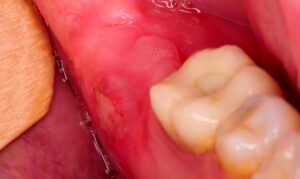
One of the first and most noticeable signs of wisdom tooth eruption is gum swelling. As the tooth begins to push through, the gum tissue at the back of your mouth may appear puffy, tender, or reddened. This can create a sensation of pressure or discomfort, especially when eating or brushing your teeth.
2.2 Toothache and Increased Sensitivity
The pain from an erupting wisdom tooth is often dull and persistent. It may radiate to the ear or temple, particularly when chewing hard or cold foods. This discomfort might linger for days—or even weeks—depending on the direction and speed of tooth eruption.
2.3 Facial Swelling

In some cases, swelling can extend to the outer cheek area, especially if the tooth is misaligned. The pain may worsen when chewing or speaking, and if the tooth presses against adjacent molars, it can cause inflammation of the surrounding soft tissue.
2.4 Fever and Swollen Lymph Nodes
Some individuals may experience mild fever, chills, or swollen lymph nodes in the neck when a wisdom tooth emerges. These are natural immune responses. However, if the symptoms become intense, you should visit a dental clinic to rule out infection or other issues.
2.5 Pus and Bad Breath

When the surrounding gum area becomes severely inflamed, you might notice a white discharge (pus) and persistent bad breath, even after proper oral hygiene. This could be a sign of a condition known as “pericoronitis” or gum flap infection, which requires prompt treatment.
2.6 Loss of Appetite and Difficulty Eating

The constant pain and swelling may make you lose your appetite. You might avoid chewing or swallowing, leading to poor nutrition. In addition, improperly erupted wisdom teeth can prevent you from thoroughly chewing your food, potentially causing digestive issues.
3. How to Recognize Misaligned Wisdom Teeth
Due to limited space in the jaw, most wisdom teeth don’t have enough room to grow straight. This results in various eruption patterns and potential complications.
3.1 Signs of wisdom teeth growth Lower
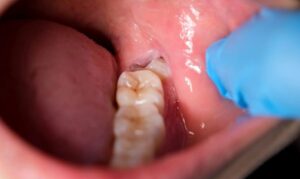
Lower wisdom teeth, when misaligned, are notorious for causing prolonged pain, gum inflammation, redness, and pus formation. In some cases, patients find it difficult to open their mouths or experience pain radiating to the ears or neck.
3.2 Signs of Upper Wisdom Teeth
Though upper wisdom teeth are more likely to erupt straight, they can still cause issues. When misaligned, they often push against the inner cheeks, leading to painful ulcers and discomfort while chewing or speaking. In some cases, this can cause infections that spread to the throat area.
3.3 Signs of Properly Aligned Wisdom Teeth
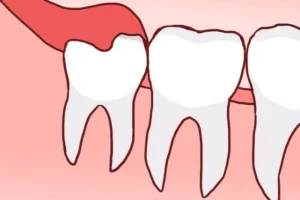
If you’re lucky, your wisdom teeth may come in straight without major discomfort. You may feel only minor soreness for a few days. However, it’s still essential to get a dental X-ray. Even a straight tooth may lack proper functionality, crowd adjacent teeth, or interfere with overall bite alignment.
3.4 Gum Flap (Pericoronitis) Around Wisdom Teeth
A partially erupted tooth may have gum tissue covering it, which can become infected or swollen. This area easily traps food and bacteria, causing persistent pain and unpleasant odor. Gum flaps are especially common with lower wisdom teeth and often require surgical removal or other treatments.
4. How Wisdom Teeth Affect Daily Life
Without timely intervention, erupting wisdom teeth can significantly disrupt your routine. From difficulties in eating and speaking to fatigue and sleepless nights, these problems may reduce your productivity at work or school.
Chronic infections around wisdom teeth can also lead to bad breath, making social interactions awkward. In severe cases, misaligned wisdom teeth may shift adjacent teeth, ruining dental work such as braces or aligners. If you’ve undergone orthodontic treatment before, wisdom teeth may undo the alignment and stability you worked hard to achieve.
Conclusion
Wisdom teeth can be a source of inconvenience and pain, but with the right attention and treatment, they don’t have to be. If you’re experiencing symptoms like gum swelling, low-grade fever, persistent bad breath, or suspect a misaligned wisdom tooth, don’t hesitate to visit Joy International Dental Clinic.
Our experienced team of dental professionals will provide you with the necessary evaluations, including X-rays and personalized consultations, to determine the best course of action. Taking proactive steps today will protect your oral health and help maintain a bright, confident smile for years to come.

